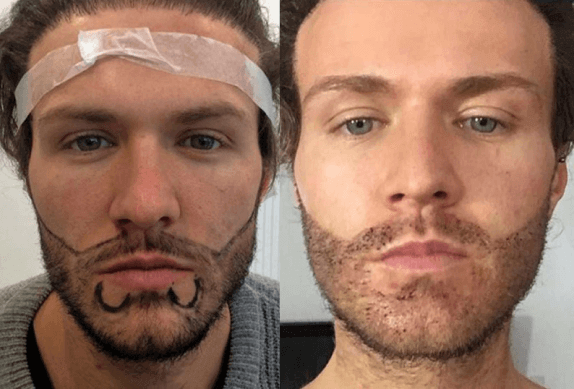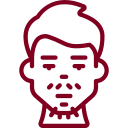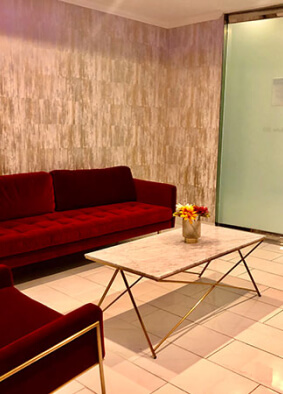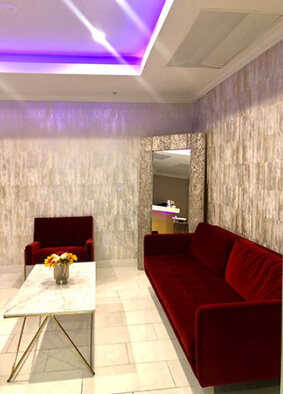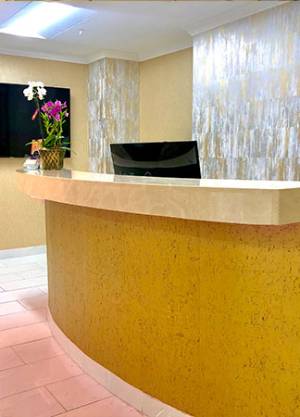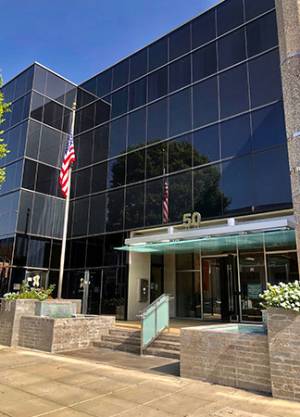Beard Transplant In Los Angeles

Actual BHHR Patient
Individual results may vary
Experience the ultimate transformation with a Beard Transplant in Los Angeles at Beverly Hills Hair Restoration. With the expertise of renowned surgeon Dr. John Kahen, you can achieve a fuller, more defined beard that enhances your facial characteristics and boosts your confidence.



Actual BHHR Patient
Individual results may vary
Hair Transplant Consultation
The most important solution to your hair loss starts with reserving your consultation.








